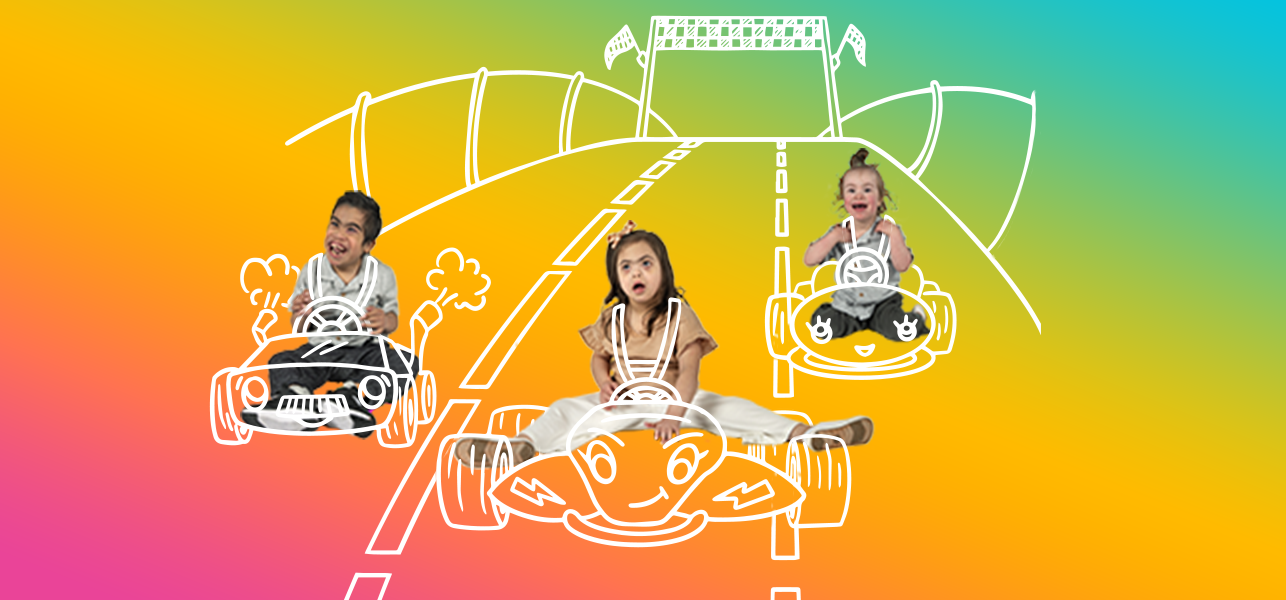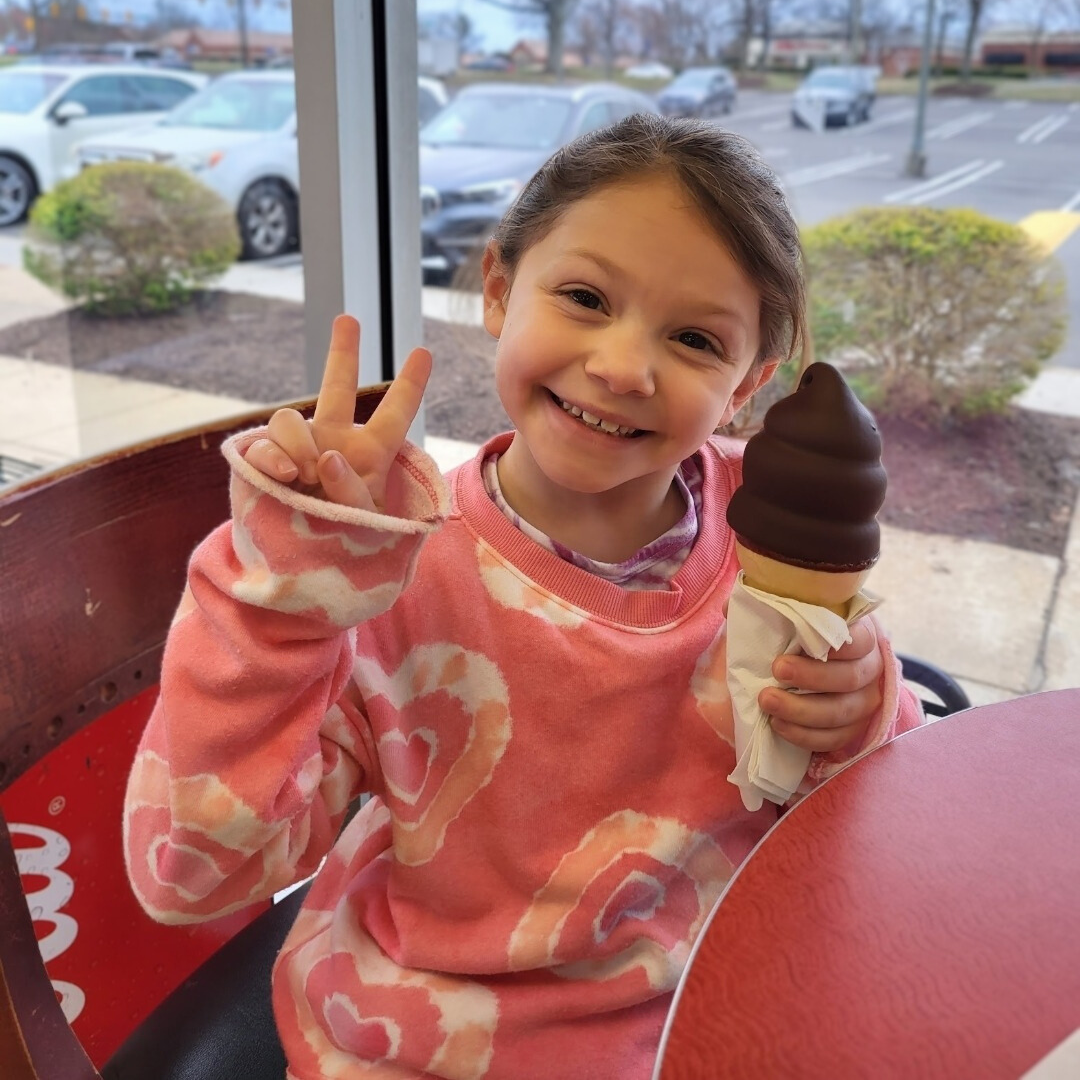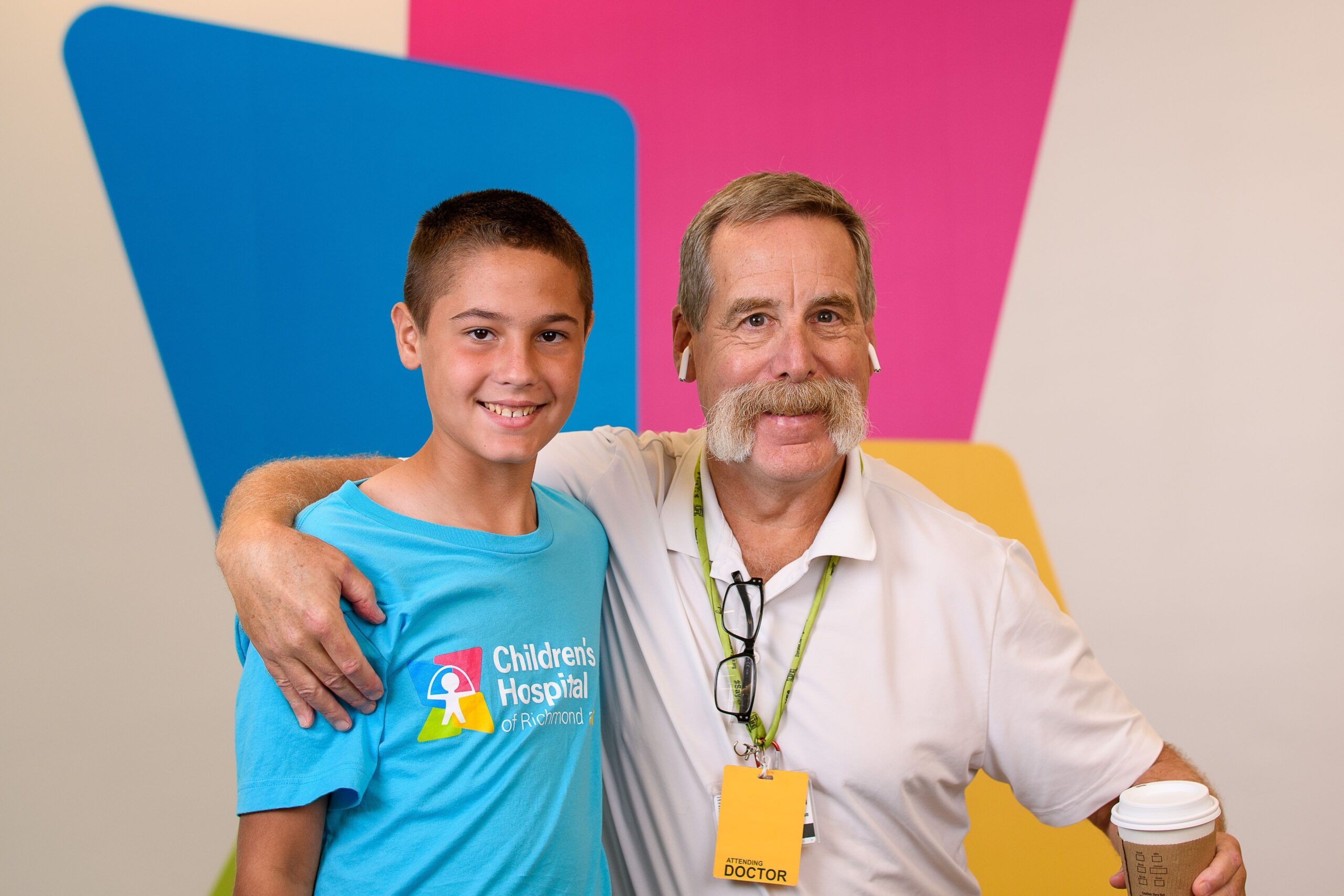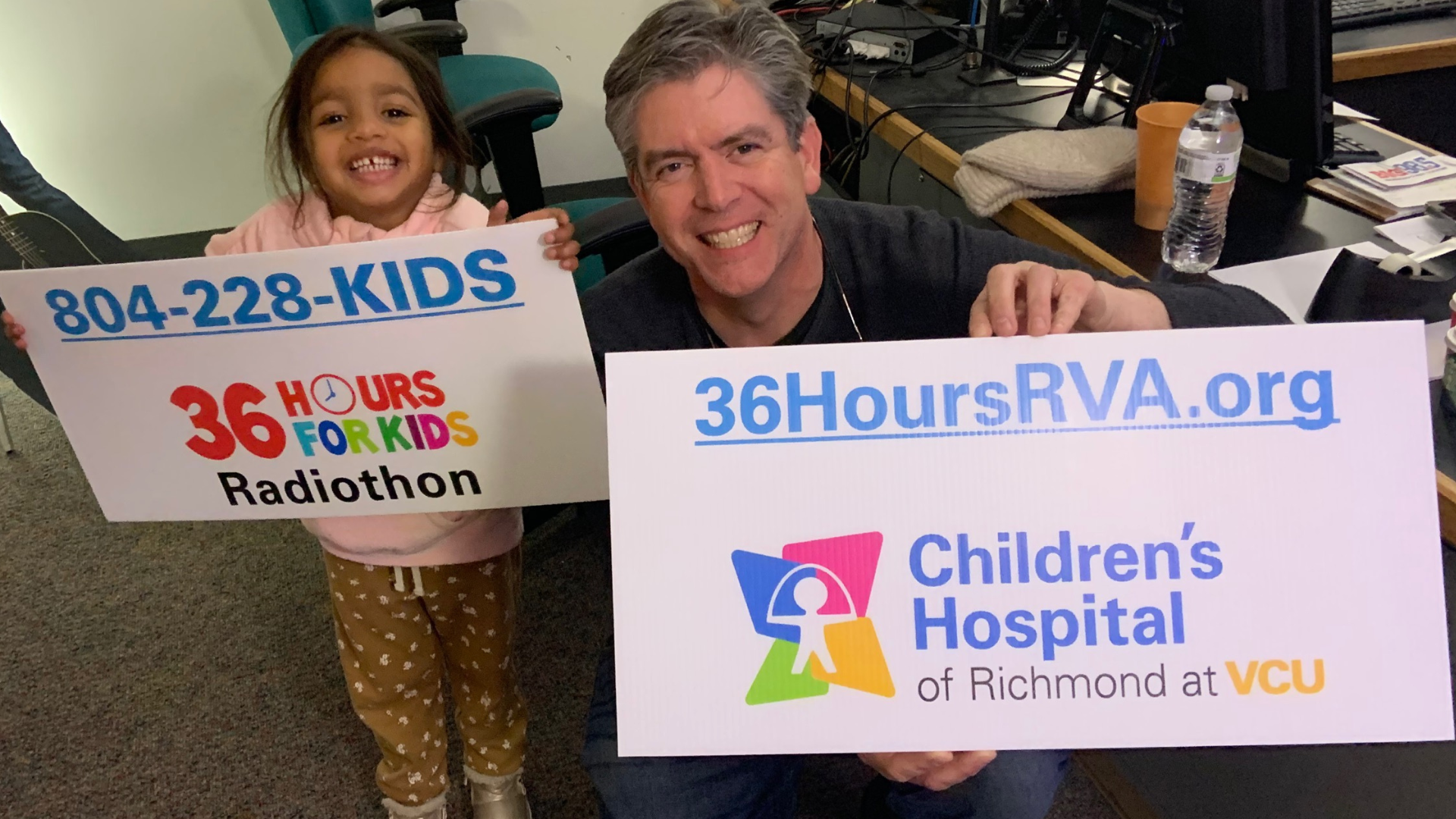Back in the Saddle Again
“It was always something,” said Candi Lemarr of her daughter, Clara’s, ongoing health issues. As an infant, Clara had severe reflux, was low on the growth charts and experienced circulation problems that often caused her arms and legs to turn blue. As a toddler, she had unexplained rashes, a chronic cough and runny nose. As time passed, Clara developed new issues including problems in school, difficulty recovering from injuries, joint pain and unexplained exhaustion.
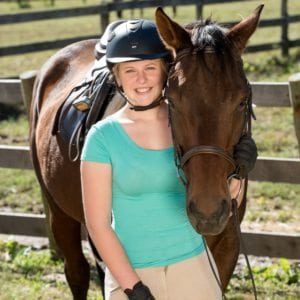
Despite her concerns, Candi said doctors didn’t believe Clara’s health problems were connected and often provided an explanation only for the latest issue. In early July 2015, Clara began fainting daily when she got out of bed but didn’t tell her parents because she said she didn’t want them to worry. But when Clara nearly fainted during a violin lesson later that month, the puzzle began coming together.
Connecting the Dots
Clara was diagnosed with postural orthostatic tachycardia syndrome (POTS), a condition where decreased blood volume returns to the heart after patients stand up, causing them to faint. A few days later, and one day before her 13th birthday, she received a second diagnosis – Ehler’s Danlos Syndrome (EDS), a rare connective tissue disorder that depletes collagen and can impact skin, ligaments, blood vessels, internal organs and bones.
Collagen, the most common protein in the body, provides strength and structure to hold the body’s connective tissue together. Patients with EDS can have a variety of symptoms including joint pain, memory problems, shortness of breath, fainting, learning disabilities, exhaustion, digestive problems and changes in heart rate and blood pressure.
“I went a long time being sick and seeing many doctors,” said Clara. “I was told it was in my head or just growing pains, but in reality, it was in my genes and in my collagen.”
Collaborating with Physicians
EDS is a genetic disorder affecting one in 2,500-5,000 individuals. Although it can’t be cured, its symptoms can be treated with a combination of medications and preventative measures including physical therapy, rest and frequent communication with physicians. Clara attends physical therapy twice a week, takes 46 pills a day to manage everything from blood pressure to gastrointestinal issues, maintains an active lifestyle and visits with physicians at Children’s Hospital of Richmond at VCU (CHoR) locations in Richmond and near her home in Fredericksburg at least twice a month.
Kelley Dodson, MD, Associate Professor, Otolaryngology, CHoR, met Clara in November 2014, six months before her EDS diagnosis. Clara was snoring and having difficulty sleeping, and Dr. Dodson recommended surgery to remove Clara’s enlarged tonsils and adenoids. While Dr. Dodson said the surgery is standard treatment for childhood sleep apnea, Clara’s recovery took longer than the standard 7-10 days. In addition, Clara didn’t respond well to pain medications, which can now be credited to EDS.
“Patients with Ehler’s Danlos Syndrome have problems with their connective tissue, which is the tissue needed for healing,” said Dr. Dodson, who counsels patients with EDS prior to surgery. “For patients like Clara, being treated at a full-service hospital like CHoR allows communication between specialists to be instantaneous and coordinated and improves care for patients.”
In addition to Dr. Dodson, Clara has seen CHoR specialists from neurology and genetics and currently is being followed by Michael S. Schechter, MD, MPH, Professor and Chief, Pulmonary Medicine, for asthma. While Dr. Schechter attributes Clara’s asthma to family history more than EDS, because EDS can cause respiratory problems, he said it’s important to maintain communication with her other health care providers and schedule frequent visits.
“Children with chronic disease need regular follow-up appointments,” said Dr. Schechter, who holds clinics twice a month in Fredericksburg with other CHoR specialists. “Having access to a full array of sub-specialists in pediatrics who have expertise in multiple areas is a tremendous benefit to children.”
Managing an eighth-grade workload along with playing the violin (Clara holds the first chair positions in her middle school and community orchestras), competing in horse shows and participating in Girl Scouts, 4-H and basketball would leave any teenager tired. For Clara, it can leave her bedridden if she doesn’t take appropriate precautions.

“I still do everything I used to do,” said Clara, who has learned to make accommodations since her diagnosis, “but it’s just a lot harder. I get exhausted easier than my peers, and I suffer from chronic pain. If I get sick I usually end up having to go to the ER. I also get injured a lot easier.”
While Candi accompanies Clara to her medical appointments, the teenager takes an active role by discussing symptoms and treatment options with her physicians. She’s also learning to manage her daily medication regime.
“The doctors sit down and talk to me directly,” said Clara, who is able to see most of her specialists at CHoR’s Fredericksburg location, “and ask my opinion on my care, not just my mom’s [opinion].”
This collaboration has been essential as Clara has worked with doctors and her riding coach to find ways to manage her symptoms while returning to the competitive horse ring after a six-month hiatus.
“When it comes to my horse, I push myself,” said Clara, who has been riding for 10 years. “My goal is to ride in the Olympics, and I’m not going to stop until I get there.”
A Family Affair
Clara’s perseverance, and Candi’s assistance, led to the creation of the Clara Lemarr Foundation to support others with EDS, POTS and other rare disorders. In the last year, the Foundation has hosted a summer camp for children with EDS, developed partnerships with other EDS organizations and local health care providers, and organized a gala to raise funds for camp scholarships.
In May, Candi and her 3-year-old son Will, who was already being treated by multiple CHoR specialists for other health issues, were also diagnosed with EDS. “CHoR has been a blessing to our family,” said Candi, “because it makes it easier when you have so many different issues you are dealing with and [with] multiple children.”
While Clara said Will is still too young to understand his condition, she hopes to support him and others in the community as she works to raise awareness of EDS and other rare disorders.
“We have an invisible illness,” said Clara, “so while we may look ‘fine’ on the outside, we are broken on the inside. Many of us just smile through our pain. We are some of the strongest people in our community, but that doesn’t mean we don’t need help.”
